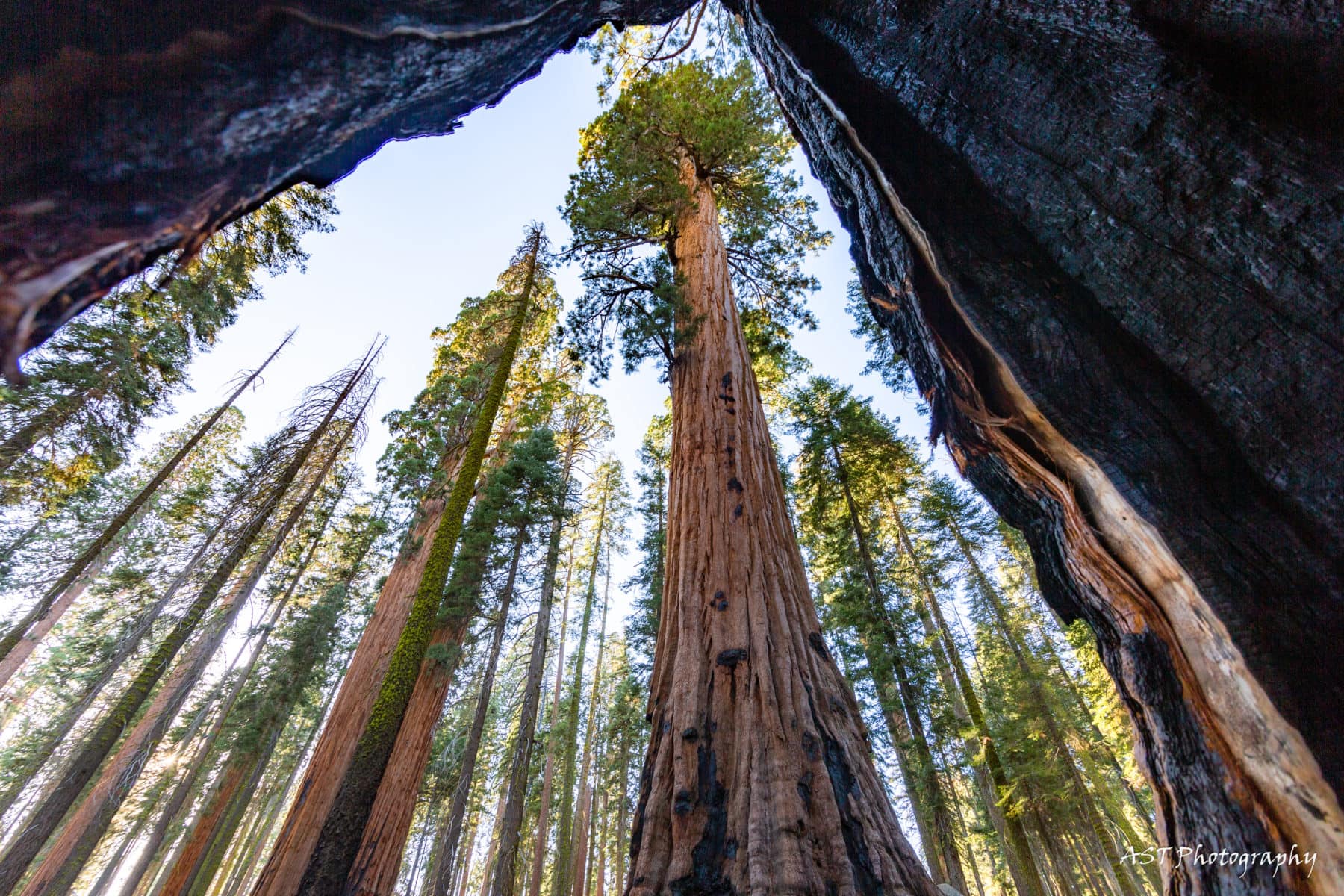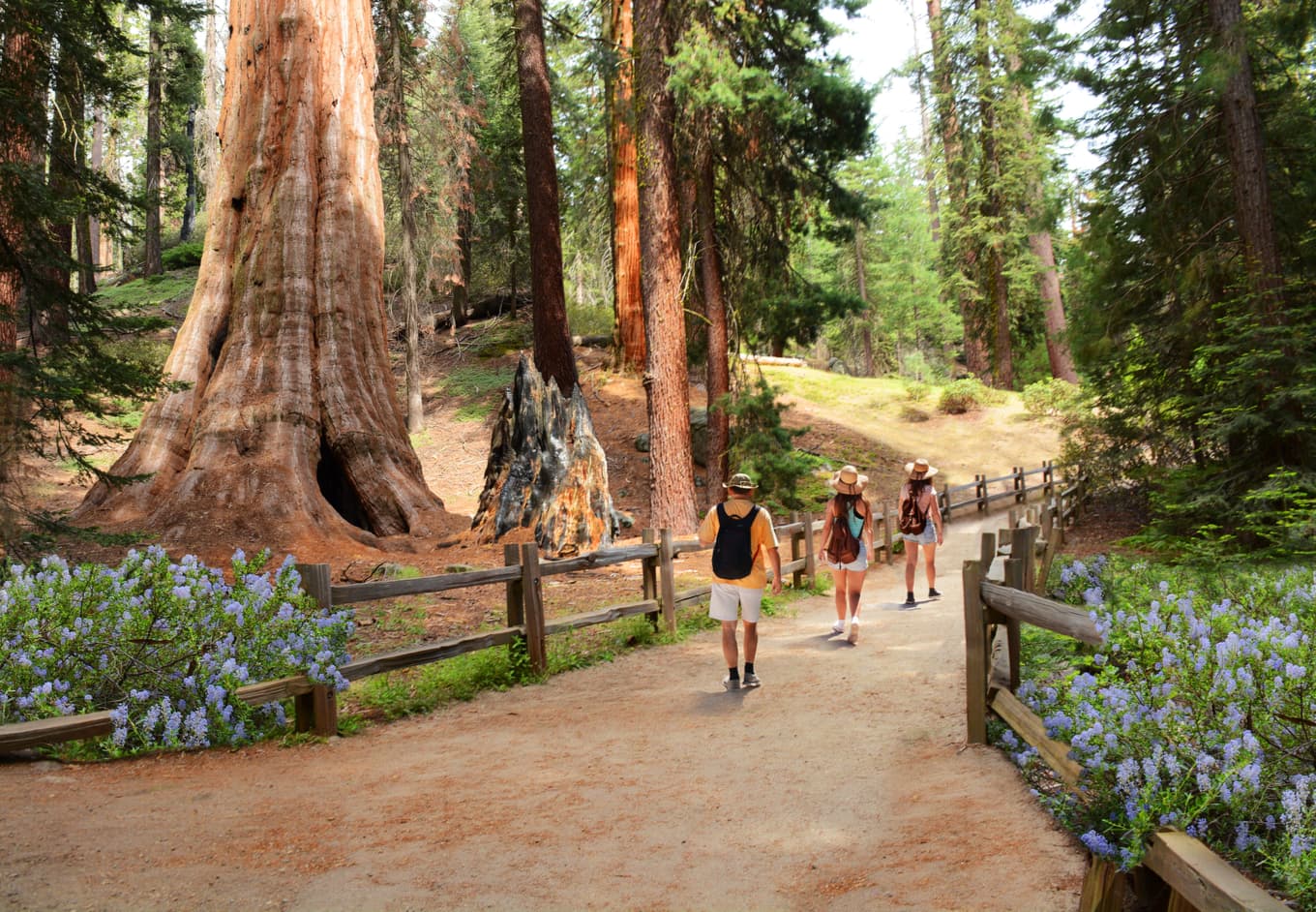Sequoia National Park Entrance Fee-- Price of Admission and Passes
Sequoia National Park Entrance Fee-- Price of Admission and Passes
Blog Article
Discover the Diverse Wild Animals Habitats Within Sequoia National Park
Sequoia National Park is an environmental treasure, showcasing an impressive selection of wildlife environments that add to its abundant biodiversity. From the magnificent giant sequoia woodlands to the diverse alpine meadows, each setting plays a vital function in sustaining various varieties, consisting of both common and unusual animals. The interaction of these environments not just fosters a special ecological community yet additionally underscores the relevance of conservation efforts in maintaining this balance. As we analyze the particular features of these environments, appealing questions arise concerning the interconnectedness of life within this impressive landscape.
Review of Sequoia National Forest
Sequoia National forest, snuggled in the southerly Sierra Nevada chain of mountains of California, is renowned for its breathtaking landscapes and looming huge sequoias. Established in 1890, it is just one of the oldest national forests in the United States, dedicated to protecting the natural charm and ecological stability of this distinct region. The park encompasses over 404,000 acres of varied terrain, including impressive mountains, deep canyons, and lavish meadows.

Site visitors can discover many hiking routes, ranging from leisurely strolls to tough backcountry paths, each providing a special perspective of the park's splendour. With its combination of natural wonders and entertainment chances, Sequoia National forest works as an important refuge for both wild animals and those seeking to get in touch with nature.

Significant Wildlife Habitats
The varied landscapes of Sequoia National forest create a mosaic of wildlife environments that support an abundant range of varieties. These habitats range from rich fields and thick forests to rocky towering areas and large river valleys, each providing unique environmental particular niches.
One prominent environment is the gigantic sequoia woodland, characterized by looming trees and an abundant understory, which sustains different animals, birds, and bugs. The combined conifer forests, composed of types such as sugar pine and white fir, deal additional sanctuary and food resources for wildlife.
Meadows and grasslands play an essential function in the park's ecosystems, serving as vital foraging premises for herbivores like deer and tiny mammals. These open locations likewise draw in diverse bird species, particularly during migration seasons.
The park's higher elevations feature alpine environments, where conditions are extreme and varieties are adapted to endure in such extremes (Sequoia National Park hour). Right here, one can find special vegetation and animals that flourish in rocky, cold environments
Vegetation and Animal Variety
Within the diverse ecological communities of Sequoia National forest, an exceptional range of plants and the original source animals coexists, showcasing the detailed partnerships that maintain the park's biodiversity. The park is home to over 1,300 plant species, consisting of the renowned giant sequoias, which are among the biggest and oldest trees in the world. These impressive trees give important environment and food resources for numerous wild animals, fostering a complex web of ecological interactions.
Pet varieties in Sequoia National forest are similarly diverse, with environments ranging from lowland foothills to high towering environments. Animals such as black bears, mule deer, and bobcats flourish in this rich environment, while bird types, consisting of the stunning golden eagle and the evasive discovered owl, grace the skies. Amphibians and reptiles, like the Sierra amphibian and the western rattlesnake, additionally play crucial duties in maintaining eco-friendly equilibrium.
The park's distinct mix of elevation gradients and microclimates sustains these varied species, highlighting the importance of maintaining the all-natural habitats that permit such a rich tapestry of life to prosper. Comprehending this diversity is critical for appreciating the environmental relevance of Sequoia National Park.
Conservation Efforts in the Park
Preservation initiatives in Sequoia National Park play an essential function in guarding its unique ecosystems and the diverse varieties that occupy them. The park employs a diverse strategy, including habitat restoration, varieties monitoring, and invasive species management. These efforts are essential for keeping the delicate equilibrium of the park's ecosystems, which include huge sequoias, meadows, and towering atmospheres.
Active remediation tasks concentrate on improving indigenous plant neighborhoods and refurbishing degraded habitats. Sequoia National Park hour. This is particularly vital in locations impacted by human activity or all-natural disturbances such as wildfires. The park's biologists carry out normal surveillance of crucial species, including the threatened Sierra Nevada bighorn sheep, to evaluate population wellness and educate monitoring approaches
Invasive types posture a substantial hazard to the park's biodiversity. Through these comprehensive efforts, Sequoia National Park strives to secure its rich all-natural heritage for future generations while making certain the strength of its diverse wildlife environments.
Tips for Wildlife Observation
Observing wild animals in Sequoia National forest offers a distinct opportunity to get in touch with nature and value the diverse varieties that flourish in this exceptional habitat. To maximize your wildlife monitoring experience, consider numerous crucial tips.
First of all, strategy your check out throughout very early morning or late mid-day, as these times are most active for numerous pets. Bring field glasses to observe wildlife from a risk-free distance without disturbing their natural actions. Furthermore, acquaint on your own with the types you intend to see; comprehending their habits and habitats can improve your chances of finding them.
Patience is vital; wildlife observation typically needs waiting quietly and understanding your environments. Remain on assigned tracks to minimize your impact on the environment and ensure your safety and security. It is likewise advisable to preserve a respectful distance from pets, preventing any kind of activities that can stress them or disrupt their atmosphere.
Last but not least, consider joining guided trips led by educated park rangers. These professionals can offer beneficial understandings and boost your possibilities of observing wildlife in their natural setups. By complying with these suggestions, you can enrich your experience and contribute to the preservation of Sequoia's wildlife.

Final Thought
Sequoia National Park offers as an essential refuge for varied wild animals, showcasing an impressive range of environments that sustain many varieties. Ultimately, the park's biodiversity highlights the significance of maintaining such natural landscapes for future generations.
Please visit one of our local supporters - Wholesale Liquidation Pallet Airpods Pro
Report this page